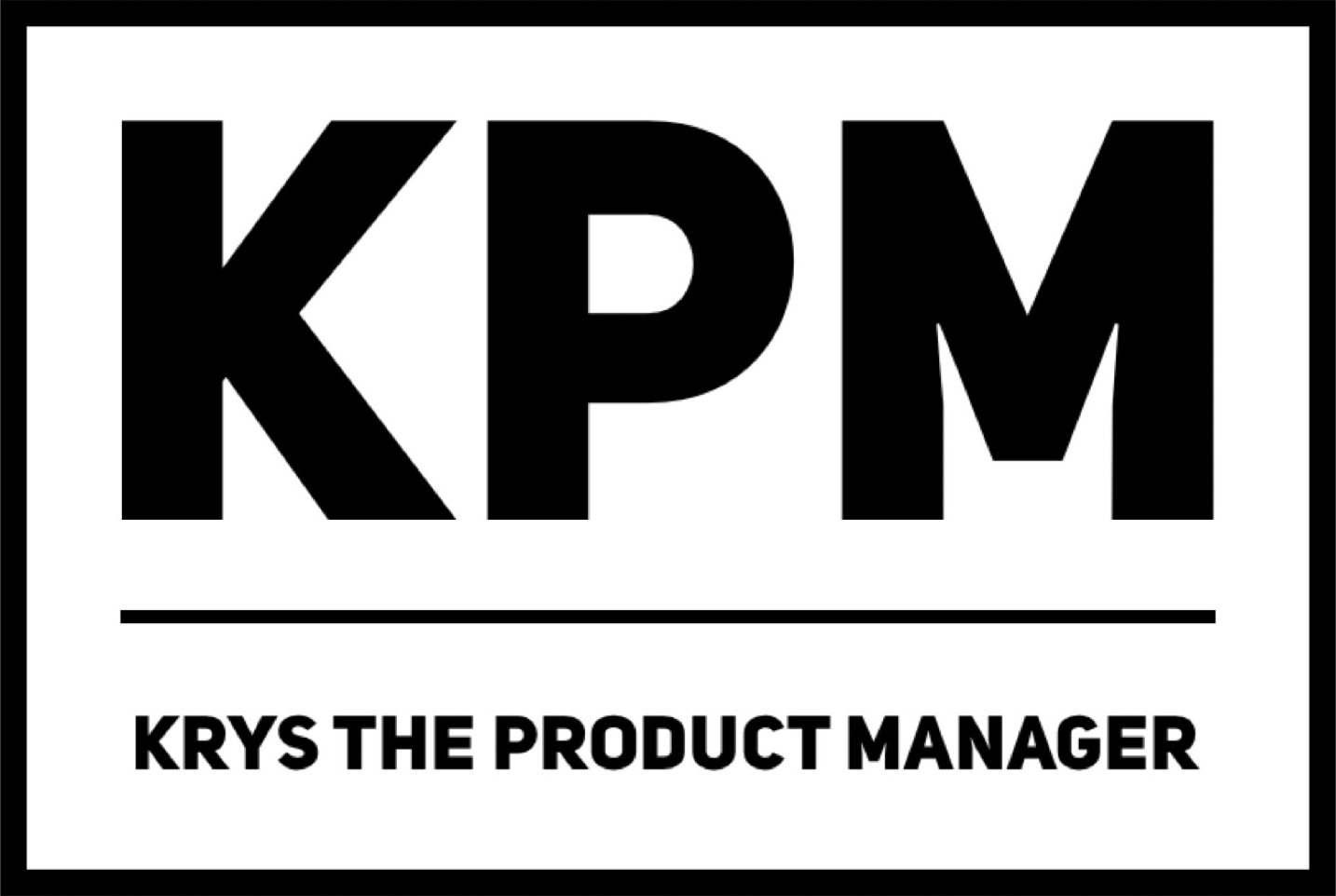Just because something is a problem to someone doesn’t mean that they need a solution to it.
A few years into my career as a product manager, I had built a solution that no one was looking for. It was a pretty cool feature; that much is true. It allowed people to visually see where their resources were going and thus determine whether or not they were making the best decisions they could.
Sounds like it was an obvious value add, right? I mean, who doesn’t like having the right data in front of them at the right time? Data-driven decision making’s a big factor to success in many companies, isn’t it?
Turns out that the feature I was so proud to release would become the slowest adopted feature I’ve ever worked on.
It wasn’t because it was useless or inexcusably defective or anything like that. It was because it was solving a problem that my end users didn’t want to solve. Looking back, and thanks to some insider insights I received later on, there were 3 factors at play:
(1) The feature’s positioning was off.
It may have been incredibly valuable for my users, but its marketing and value proposition did not resonate with most users on why the feature mattered. My users were already overwhelmed with their day-to-day and having to spend time to contemplate the value of the feature was not something they’d be keen to do. I needed to concisely acknowledge and dig into their pain points and frame the solution as a relief to them.
(2) The feature stopped a bit too short.
The data was invaluable, no doubt. But, the feature would have more easily been adopted if it went one step further and communicated what its users should do next. “Great, I see X, Y, and Z data points now. What should I do about it?”
(3) The feature poked at a sensitive issue.
At the time, I was not privy to some under the table activities that the feature uncovered. Particular events that soon followed aside, this became an extreme example that every decision you make, every feature you release or don’t release, will make some people happy and others angry.
Bringing this anecdote full circle, just because someone has a problem doesn’t mean they want to solve it. That being said, especially if you’re a product manager, your job is to find out why.
